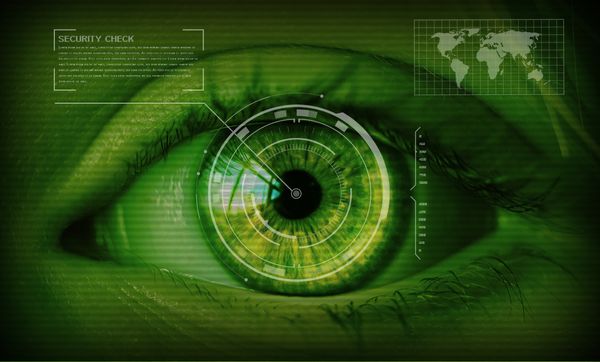You Ask We Answer 3. Can IoT devices work without Internet?

A common belief is that Internet of Things devices can’t work without a connection to the world wide web; after all, “internet” is in the very name. Yet, there is no simple answer for this question — it depends on the gadget’s communication needs.
IoT systems are also referred to as ‘smart’ and ‘connected.’ As explained in a previous article, their main task is to observe the physical world, collect information about the surroundings, and pass it on to help with a decision or to trigger an action. For this, a communication channel is needed.
Not all IoT devices need an internet connection to function properly. But they do require a connection to other gadgets on the network to automate certain tasks, to allow you to interact with it via direct commands or to customize its configuration. Connecting it to the internet would give you control over it from outside the local network.
An IP camera on the local network can do its job perfectly without a web connection. If you want remote access to its feed, though, it needs to be reachable over the internet. Individual smart lights in a mesh network can use different standards to talk to each other, while a central unit, which may not have an online connection, controls them all.
In many cases, users who want remote command over the local gadget end up exposing it on the web. If this is done insecurely, hackers also have direct access to it, and it doesn’t take them too long to find it online and start probing it for a way in: automated scans for vulnerable nodes can find them in less than five minutes.
Depending on the product, access to a local gadget is possible over the vendor’s cloud infrastructure. This is safer because sturdier defenses are more likely in place.
Image credit: geralt
tags
Author
Right now Top posts
How to Protect Your WhatsApp from Hackers and Scammers – 8 Key Settings and Best Practices
April 03, 2025
Outpacing Cyberthreats: Bitdefender Together with Scuderia Ferrari HP in 2025
March 12, 2025
Streamjacking Scams On YouTube Leverage CS2 Pro Player Championships to Defraud Gamers
February 20, 2025
How to Identify and Protect Yourself from Gaming Laptop Scams
February 11, 2025
FOLLOW US ON SOCIAL MEDIA
You might also like
Bookmarks








